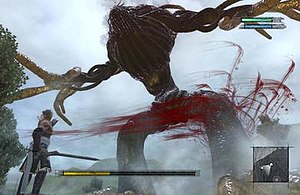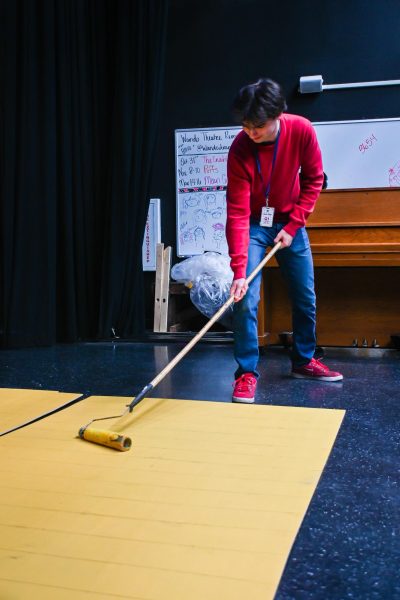Nier’s Storyline and Characters Elevates Horrible Graphics

From a likeable sociopathic protagonist to unintentional mass genocide, from brutally murdering monsters to brutally murdering children, Nier is a game that is very hard to forget. Much less so when the game constantly flips the bird at the player for being a completionist, which I unfortunately am.
Nier is a action RPG made in 2010 by the team at Cavia and the infamous Yoko Taro. That is, infamous if you’ve experienced his other games, which goes really far off the deep end (giant cosmic horror cannibalistic space babies, anybody?).
Nier’s story is split into two parts. While Act 1 is mellow in comparison, Act 2 has all the trademark craziness of Yoko Taro. Act 1’s story revolves around the silver-haired protagonist trying his best to pay for his daughter or sister’s medicine (depends on the version of the game), forcing him to wander from village to village to find work. The craziness goes off the rails in Act 2, where the protagonist proceeds to unintentionally help a close friend transform into a skeletal monster, watch another friend go mad with grief, kill someone’s pet dog, massacre an entire village, and mix a drink to get the village leader drunk so she will go to the tavern and sing with her twin sister. Yoko likes his games weird and/or depressing.
At first glance, Nier is a game that suffers horribly from clunky controls and rather poor graphics. The hack-and-slash gameplay simply doesn’t give much satisfaction, especially later on in the game, where boss battles boil down to smacking away the bullet hell of orbs and counterattacking with a lance made out of the blood of your enemies. As metal as it sounds, it gets dull really quickly. Weapons are also rather poorly balanced, as heavy weapons tend to generally outclass lighter weapons thanks to all the extra damage they are capable of outputting.
However, the story, characters, and music more than makes up for the shortcomings of the game mechanics. Much like a well-written novel, nothing in the game comes across as fluff. Even the sidequests whose sole purpose is to troll players have an extensive amount of world building and foreshadowing for the big plot twist. Or rather, series of plot twists.
Overall, despite how much I personally loved the game, I would not recommend it. At least not without a big caveat. As I said, the story is amazing, but to get all four endings of the game, a 100 percent file must be achieved, which is much harder and frustrating than it sounds, thanks to the personal vendetta against completionists that Yoko Taro seems to have.



![This was the team’s first time competing and Wando’s first time back in years. “Getting fourth place on a national level is something that I would say majority of high school students will never accomplish in their career... So for Wando, being our first year back, winning state and then getting a championship placement [at] nationals was better than I could even imagine,” Gordon said.](https://tribaltribune.org/wp-content/uploads/2024/06/NPSI244236_-600x400.jpg)
![While founding the Middle East and Muslim Club, Junior Marym Abouelella wanted to create a space for students from similar backgrounds to connect
and grow. “One thing we had [talked about] was a Culture Day... I’ve already spoken to [admin Kristy] Williams that they’re going to implement here [at
Wando] to represent everyone’s cultures at once,” Abouelella said](https://tribaltribune.org/wp-content/uploads/2024/05/FINAL-600x587.jpg)






